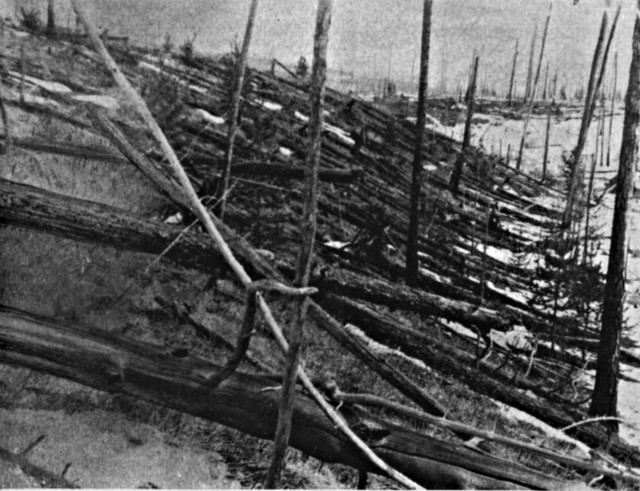Mystery solved: meteorite caused Tunguska devastation
Ars Technica » Scientific Method 2013-06-27

On the morning of June 30 in 1908, a gigantic fireball devastated hundreds of square kilometres of uninhabited Siberian forest around the Tunguska river. The first scientists to investigate the impact site expected to find a meteorite, but they found nothing. Because no traces of a meteorite were found, it many scientists concluded that the culprit was a comet. Comets, which are essentially muddy ice balls, could cause such a devastation and leave no trace.
But now, 105 years later, scientists have revealed that the Tunguska devastation was indeed caused by a meteorite. A group of Ukrainian, German, and American scientists have identified its microscopic remains. Why it took them so many years makes for a fascinating tale about the limits of science and how we are pushing them.
Big ball of fire
Eyewitness reports of the Tunguska event help paint a partial picture. As the fireball streaked across the sky, a blast of heat scorched everything in its wake, to be followed by a shock wave that threw people off their feet and stripped leaves and branches from trees, laying a large forest flat. Photos reveal the extent and force of the impact, showing trees that look like bare telegraph poles, all pointing away from the impact site.
Read 10 remaining paragraphs | Comments